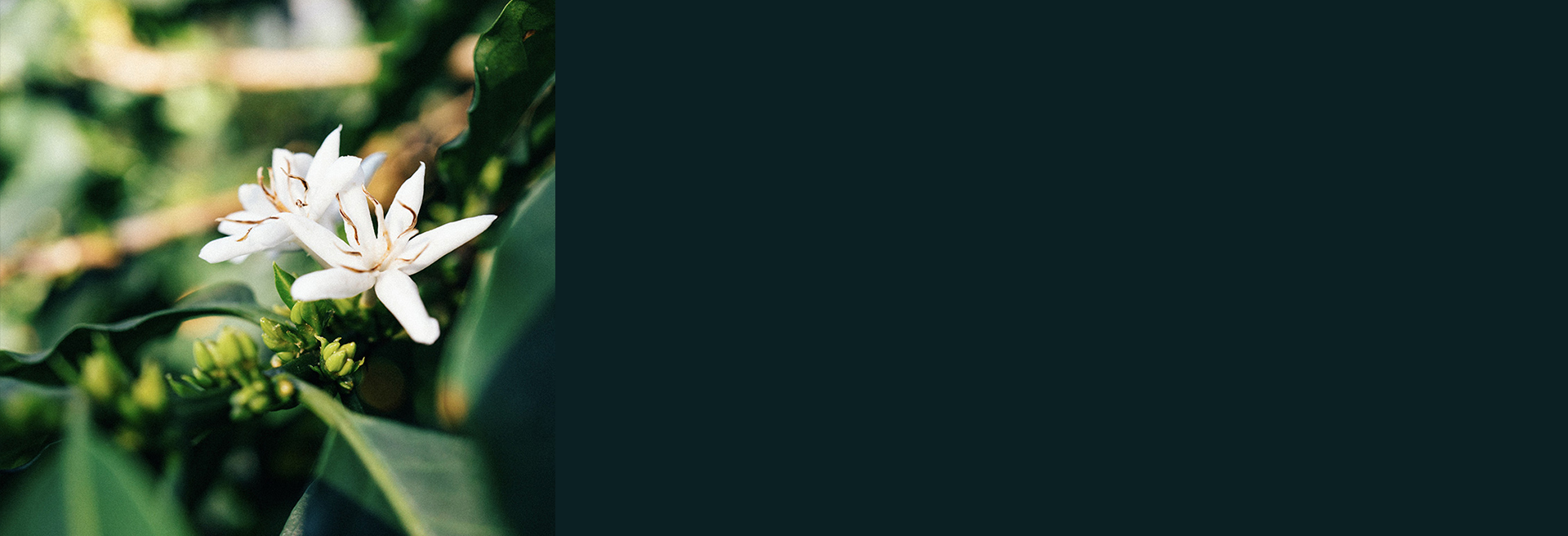Cameroon
Acha - Cameroon
Cup Notes
Cardamom / Plum / Raisin / Cane sugar suggested for espresso and filter
Limited edition
Quality Score: 89.00
when we roast
We freshly roast to order all coffees on Monday, Wednesday and Friday (excluding national holidays), and ship the same day! Cut-off time is 11:59pm (UTC+1) of the day before the roast day. *We only ship whole beans*
Details
- Producer
- Several small farmers
- Country
- Cameroon
- Terroir
- Boyo
- Altitude
- 1600 masl
- Arabica cultivar
- Typica, Java
- Picked in
- November 2016
- Arrived in
- August 2017
- Shipped in
- 20-kg GrainPro Bag
- Roast profile by
- Rubens Gardelli
- Roasted on
- Self-made drum roaster
THE STORY BEHIND
The Boyo region of Cameroon lies along a mountain ridge running north from Bamenda, the capital of the North West Region of Cameroon. Coffee has been grown in this region since the early 1900s, introduced by German colonists. The varietals found in the region are the original Typica variety descended from the Jamaican Blue Mountain and the recently introduced, more productive Java.
The striking characteristics of Cameroon BOYO™ Coffee are the direct result of the nutrient rich, dark volcanic top soil and the ideal climatic conditions of the Boyo region. Each year, the blossoming of the coffee plants coincides with the onset of the first rains.
All coffee grown in the Boyo region is from small-holder family farms averaging 2 ha. The Cameroon Boyo™ brand, led by Matti Foncha has, for the past 20 years, developed a different approach, centered on quality and collaborations along the entire value chain of the coffee. Farmers see themselves as co-professionals in the specialty coffee market sector, as Cameroon Boyo™ helps them to bring their coffee to market under the informal certification “More than Fair Certified”.
THE VARIETY
Typica originated from Yemeni stock, taken first to Malabar, India, and later to Indonesia by the Dutch. It later made its way to the West Indies to the French colony at Martinique. Typica has genetically evolved to produce new characteristics, often considered new varietals: Criollo (South America), Arabigo (Americas), Kona (Hawaii), Pluma Hidalgo (Mexico), Garundang (Sumatra), Blue Mountain (Jamaica, Papua New Guinea), San Bernardo & San Ramon (Brazil), Kents & Chickumalgu (India).
THE FERMENTATION PROCESS
In the honey process the coffee cherry peel is removed right after picking from the coffee tree, but some amount of the fleshy inside, the “mucilage”, remains while the beans are dried over raised beds. The white and yellow honeys have less mucilage left after being mechanically washed. Gold, red, and black honey coffees, on the other hand, have much more mucilage remaining and usually are not washed at all.
Black honey coffees usually take longer to dry because they are dried under shade.
This coffee is a ‘black’ honey, as opposed to the Chacon’s white, yellow and red honey coffees.
It is dried with an intentional slowness in mind. In fact, the first day on the raised beds it is not moved at all. It rests with all its mucilage intact simply concentrating in flavour as it sits. From then on after it turned over or raked once a day, but that is it. All in all, this coffee could take up to three weeks to dry, like that of a natural.



